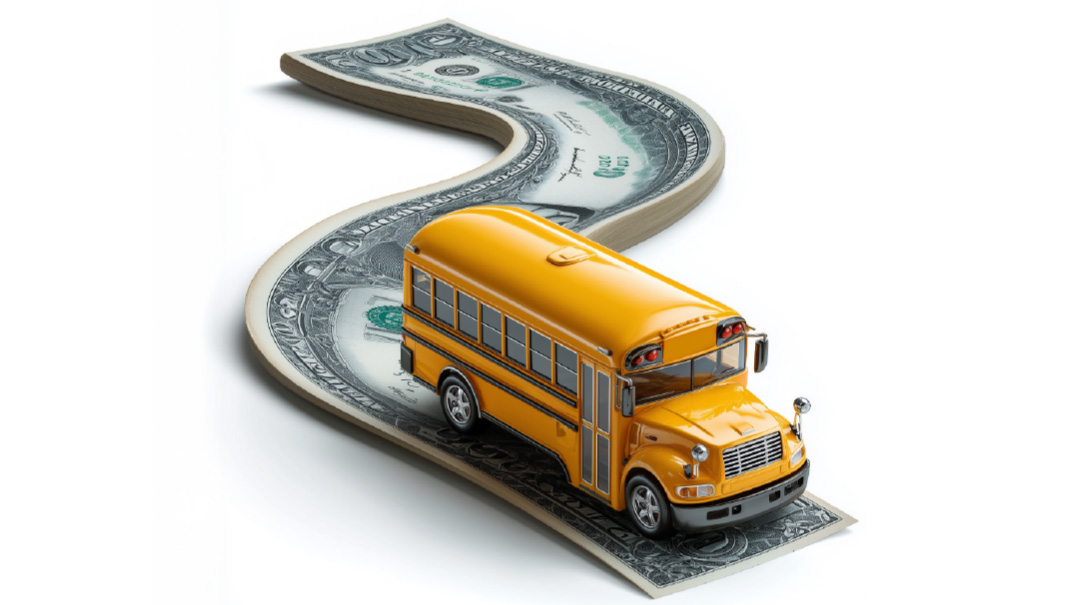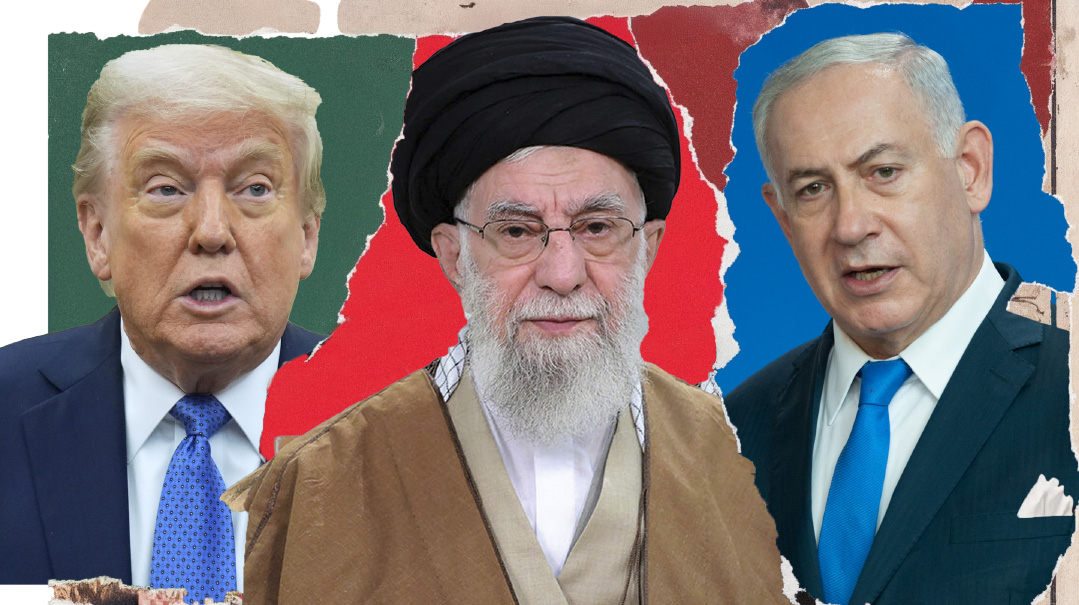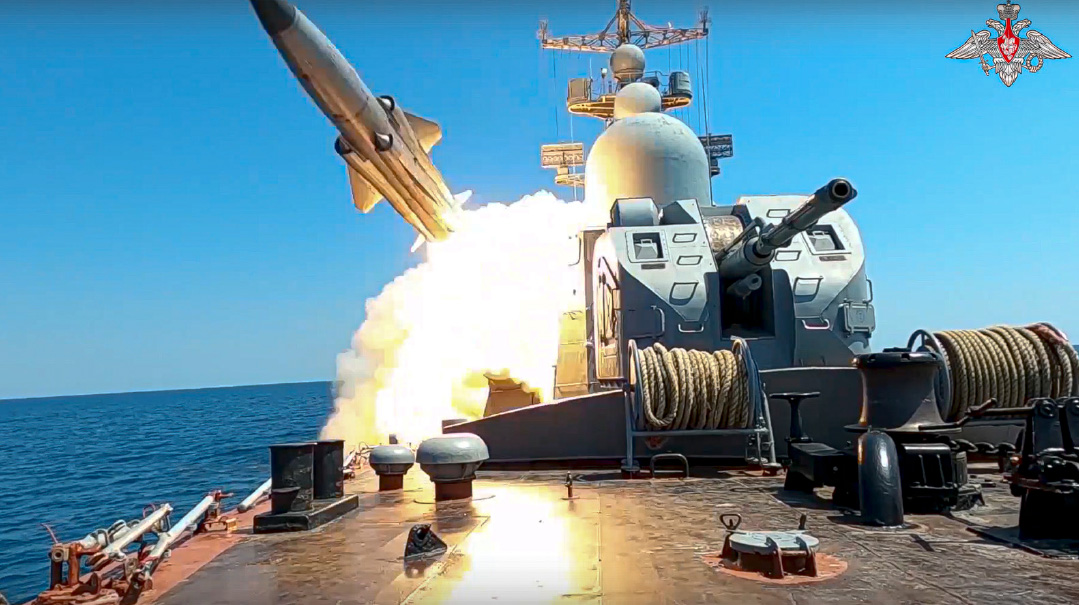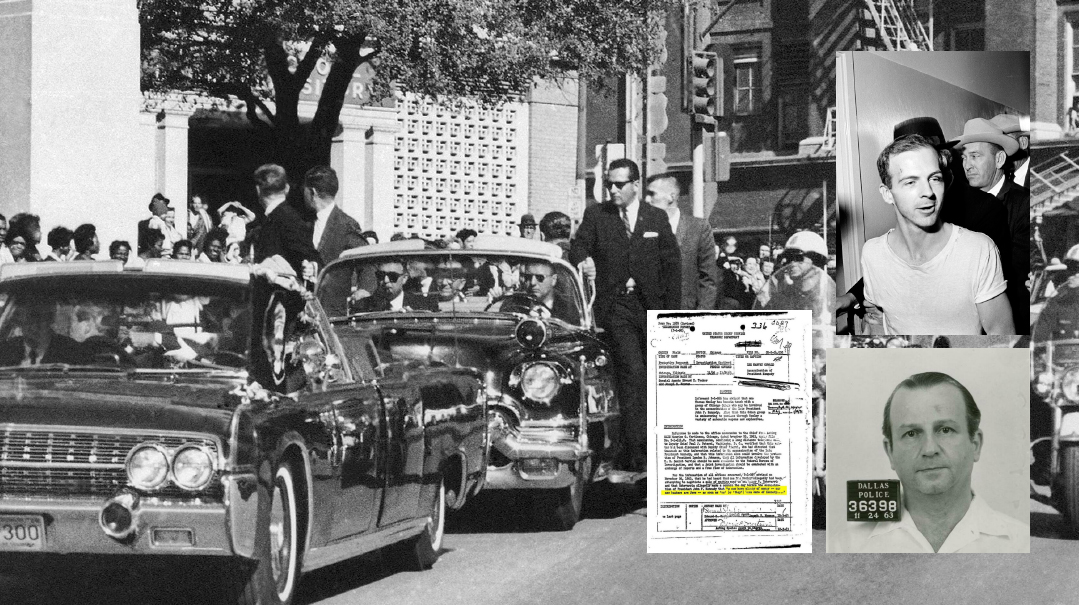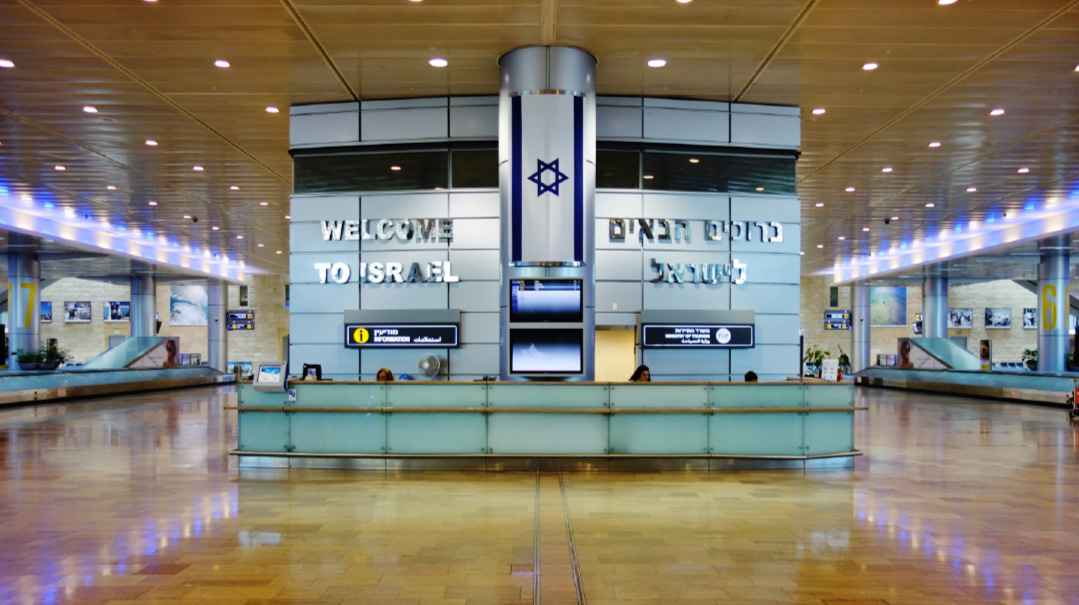Getting the Show on the Road

Trump’s $1.5 trillion infrastructure package to rebuild and modernize America’s aging roads, bridges, airports.... Is this a second Industrial Revolution, or a 21st-century pipe dream?

W
hat do we know about the plan?
Not that much, actually. The idea is to revamp infrastructure nationwide. In the last week, a few preliminary details were publicized before being sent to Congress, but not enough to warrant a thorough discussion. At this stage, we’re talking more about a general outline, without anything too specific about the individual projects the administration has planned.
According to the bare-bones description, the federal government will finance $200 billion, to be spread out over the coming decade, with the remaining $1.3 trillion expected to come from individual states, cities, and private investors.
Skeptics claim that the 6.5:1 leverage ratio implied here is very high and without precedent. Private investors generally seek income-generating schemes such as toll roads and water usage fees, but only 35 states allow for such initiatives. Moreover, most such opportunities exist primarily in densely populated urban centers, which would exclude rural areas from consideration.
How will the $200 billion in federal funds be spent?
According to a leaked draft of the plan published by Axios, half the appropriations will go toward an “infrastructure incentives” program giving federal grants to state, local, or private entities. Grant awards could cover up to 20% of the total cost of the infrastructure plan, according to the document.
Ten percent of the plan’s funds would go to a so-called “transformative projects” program that finances “exploratory and groundbreaking ideas that carry more risk than standard infrastructure projects but offer a larger reward profile.” One example of such a project is Hyperloop — basically a futuristic, high-speed pneumatic tube system that would enable travel from New York to Washington in just 29 minutes.
Another $50 billion would be earmarked for rural block grants, to be invested in basic infrastructure such as transportation, water, garbage disposal, power, and more.
What else does the plan entail?
Trump wants the plan to include a mechanism to cut down project timelines from the current 15 years to about two years.
Where will the money come from?
The $200 billion will have to come from the existing basic budget, although at this stage, the sources of funding are still unclear. One idea was to levy an additional gas tax — which alone would generate hundreds of billions over ten years. Another possibility is to divert appropriations from Amtrak and other existing transportation projects to the infrastructure plan. For example, one item that could hit the chopping block would be the planned $30 billion Gateway Tunnel to connect New York and New Jersey under the Hudson River. Obama had committed half the funding of this project, but Trump has other priorities, putting its future in question.
What do the two sides have to say about the plan?
The Republicans don’t yet have a clearly formulated strategy that everyone agrees on.
For the last year Senate Democrats have touted a trillion-dollar infrastructure plan that includes $210 billion to repair crumbling roads and bridges, $110 billion to upgrade local water and sewer systems, $180 billion to replace and expand existing rail and bus systems, $75 billion to rebuild public schools, $70 billion for ports, airports, and waterways, and more. (The Democrats’ current plan is also short on project specifics. Their $832 billion stimulus plan in 2009 came in for criticism when President Obama was forced to admit that none of the listed projects were “shovel-ready.”)
(Excerpted from Mishpacha, Issue 697)
Oops! We could not locate your form.

